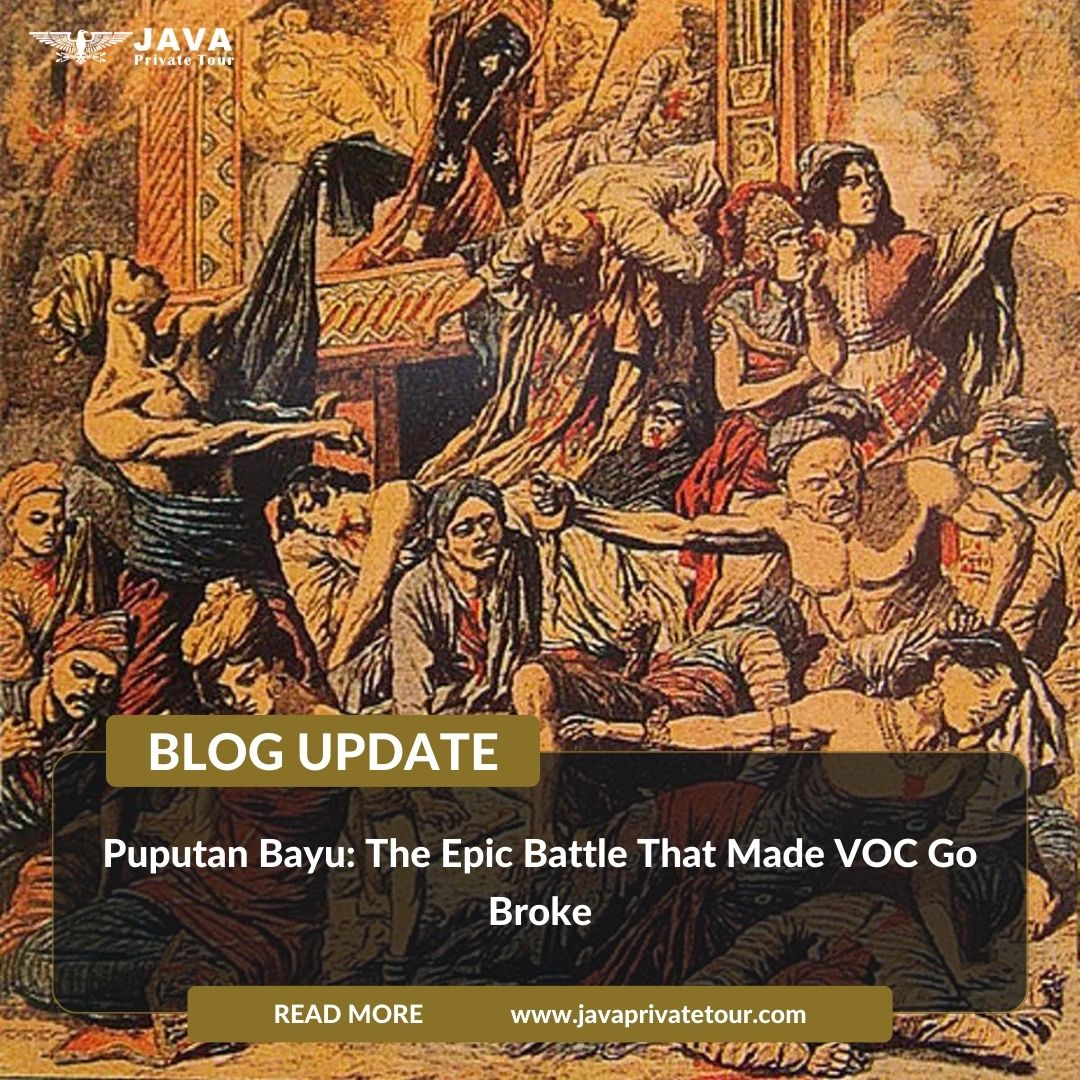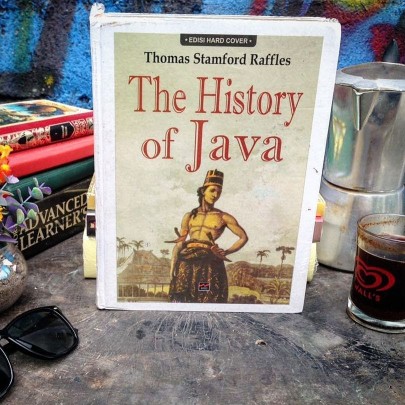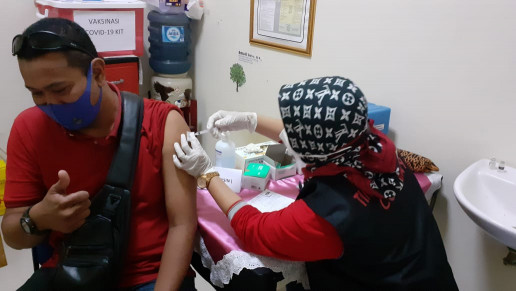javaprivatetour.com – Ready to dive into the intriguing history of an epic battle that shook the very foundations of Banyuwangi, East Java? Well, fasten your seatbelts, because the Puputan Bayu saga is about to unfold, revealing a colossal clash between the mighty VOC (Vereenigde Oostindische Compagnie) and the resilient kingdom of Blambangan.
The Puputan Tradition: Unleashing the Fury
Ever heard of the term “Puputan”? It means a fight to the finish, a no-holds-barred battle where every ounce of strength is poured into the struggle. In the case of Blambangan, this ancient Hindu tradition turned into a fierce resistance against the Dutch colonizers. Picture this: a kingdom standing tall, united under the leadership of Wong Agung Wilis and his valiant successor, Pangeran Jagapati.
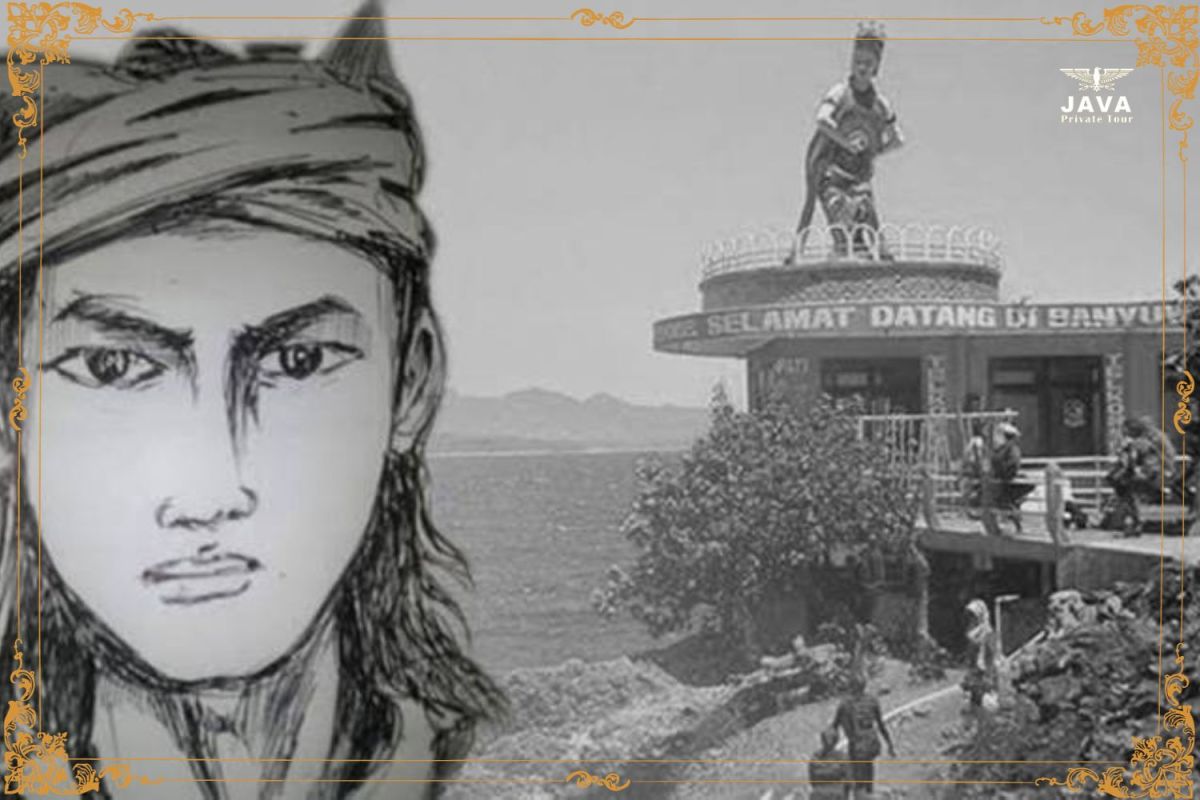
Blambangan’s Struggle for Independence
As the VOC sought control over Blambangan’s strategic lands, they faced an unexpected force of resistance. Blambangan, a territory fraught with historical disputes between the Mataram Dynasty, Hindu Mengwi Kingdom from Bali, and later interventions by the English, became the stage for the grand spectacle known as Puputan Bayu in 1771.
The Unseen Trauma: Puputan Bayu’s Toll on Belanda
Move over, Javanese and Acehnese battles; there’s a forgotten warrior in the history books. Puputan Bayu in Banyuwangi left the Dutch East India Company (VOC) in disarray. Cornelis Lekkerkerker aptly called it the most intense, ruthless, and casualty-laden clash in all of VOC’s history in Indonesia.
Behind the Battle Lines: VOC’s Strategic Misstep
Now, let’s peel back the layers of history. VOC, not initially considering Blambangan significant, found itself compelled to intervene when the English entered the scene in 1766. What followed was an expedition that included hundreds of European soldiers, 3,000 local troops, and a fleet of imposing ships.
Blambangan’s Last Stand: The Puputan Bayu Showdown
The resistance led by Wong Agung Wilis and later Pangeran Jagapati faced the might of VOC. Despite initial successes, Wong Agung Wilis was captured and exiled, leaving the people of Blambangan at the mercy of VOC’s tyranny.
In a desperate bid for freedom, the remnants of Blambangan, under Pangeran Jagapati’s leadership, gathered at Bayu, near Mount Raung. Here, they made their last stand against the ruthless VOC forces. On December 18, 1771, the resounding echoes of Puputan Bayu reverberated across Banyuwangi, claiming the lives of over 60,000 Blambangan warriors.
VOC’s Costly Victory: The Aftermath
VOC’s triumph was marred by the overwhelming losses they endured. Blambangan, reduced to a mere shadow of its former self, didn’t yield the riches VOC had hoped for. With 8 tons of gold expended on the war, VOC found themselves in a financial quagmire.
If you’re interested in learning more about the Puputan Bayu, I recommend visiting the Puputan Bayu Memorial Park in Banyuwangi. The park is home to a museum, a monument, and a replica of the battle site
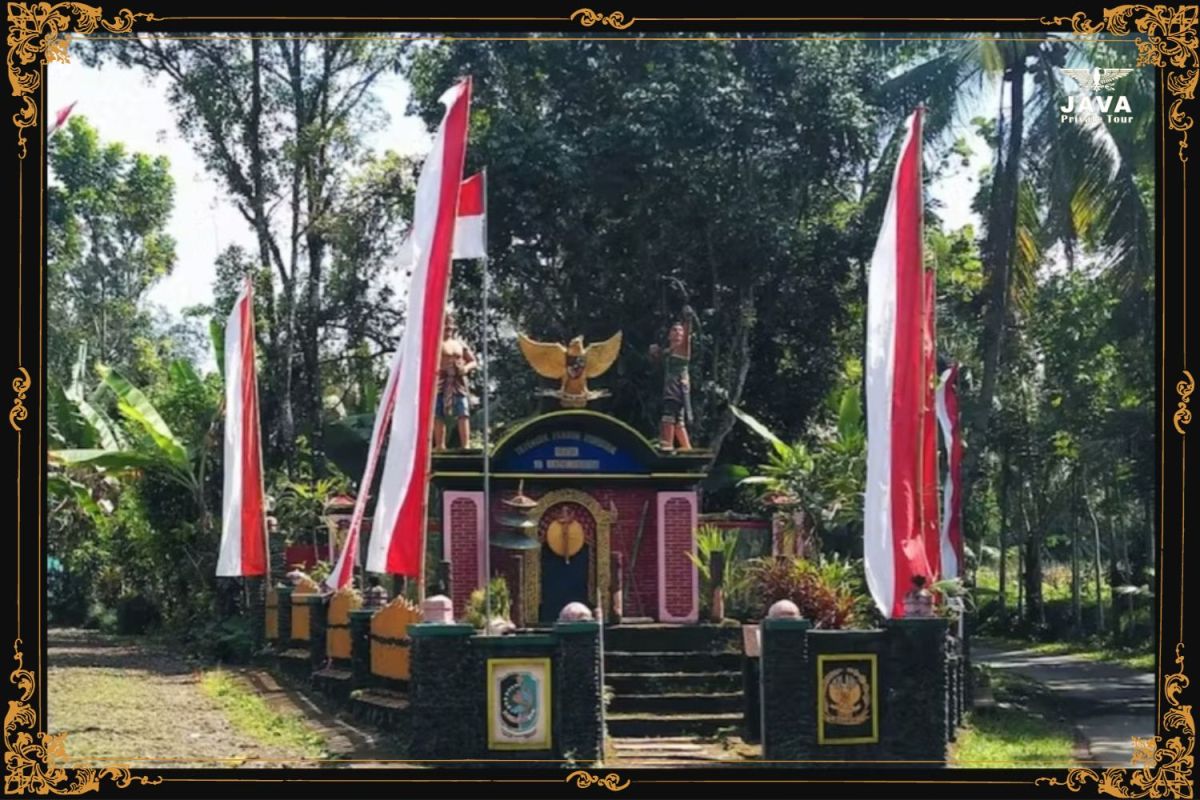
Comparison with Puputan Bali
The Puputan Bayu is often compared to the Puputan Bali, which was a series of battles that took place in Bali between 1906 and 1908. In both cases, the Balinese people fought bravely to defend their independence against the Dutch.
There are some key differences between the two conflicts. The Puputan Bayu was a single, decisive battle, while the Puputan Bali was a series of battles that took place over several years. The Puputan Bayu was also fought by a smaller number of people than the Puputan Bali.
However, there are also some similarities between the two conflicts. Both were fought by people who were determined to defend their independence, and both resulted in heavy casualties.
Connection to Museum Puputan Bali
The Museum Puputan Bali is located in Denpasar, Bali. The museum tells the story of the Puputan Bali, from the initial Dutch invasion to the final battles.
The museum includes exhibits on the history of Bali, the Dutch colonial period, and the Puputan Bali itself. There are also artifacts from the battles, including weapons, clothing, and photographs.
If you’re interested in learning more about the Puputan Bali, I recommend visiting the Museum Puputan Bali.
Java Private Tour: Your Gateway to Reliving History
Now, imagine retracing the steps of Puputan Bayu with Java Private Tour! Our certified local guides, fluent in English, await to unravel the tales of bravery and resilience. Our flexibility ensures your journey aligns with your desires. From sedans to buses, our private vehicles cater to every need.
But why Java Private Tour? Because we offer more than a tour – we provide an immersive experience guided by professionals recommended by embassies of satisfied nations. For first-time travelers to Java, let Java Private Tour be your compass, your barometer, and your recommendation.
Embark on a journey with Java Private Tour, where history comes alive, and the echoes of Puputan Bayu linger in the air. BOOK HERE NOW and be part of a living history lesson!
You May Also Like
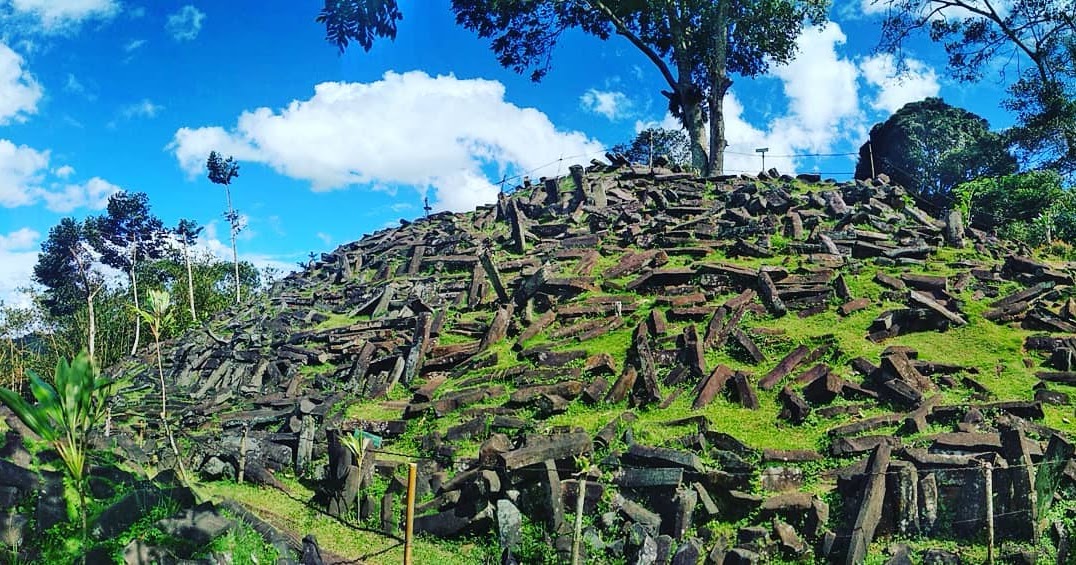 Unlocking the Secrets of Gunung Padang: Embark on an Epic Adventure in Indonesia’s Megalithic Marvel!
Unlocking the Secrets of Gunung Padang: Embark on an Epic Adventure in Indonesia’s Megalithic Marvel!
 Adventure Beyond Imagination: An Epic Quest into the Wilderness of Mount Salak
Adventure Beyond Imagination: An Epic Quest into the Wilderness of Mount Salak
 Echoes of Ngapak, Unraveling the Enigmatic Banyumasan Dialect and Its Cultural Renaissance
Echoes of Ngapak, Unraveling the Enigmatic Banyumasan Dialect and Its Cultural Renaissance
 Lost in Glodok: A Journey Through Jakarta’s Historic Chinatown
Lost in Glodok: A Journey Through Jakarta’s Historic Chinatown
 Traditional Communication Media in Java and Bali: Kentongan and Bendhe
Traditional Communication Media in Java and Bali: Kentongan and Bendhe

